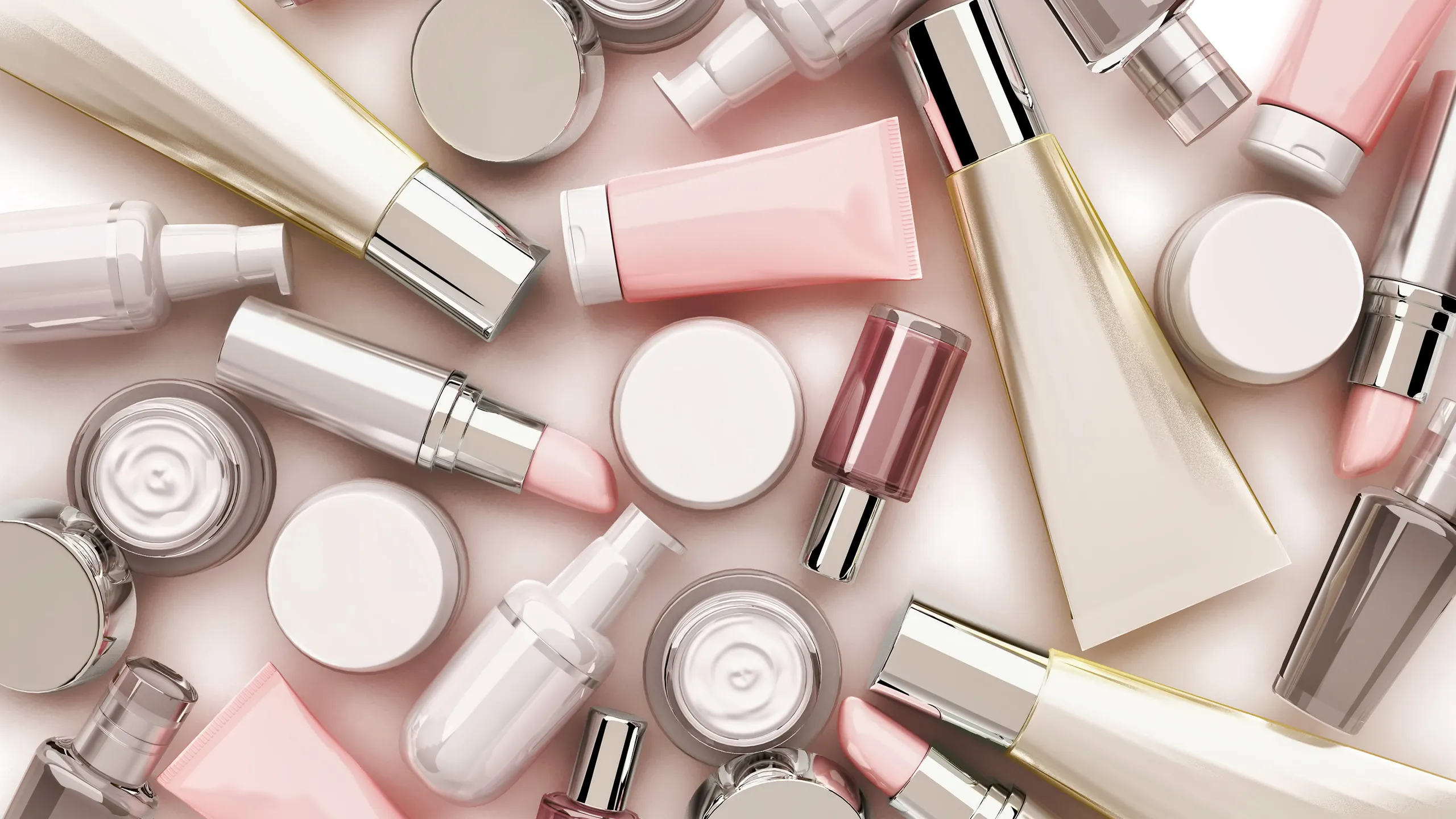Introduction
The Impact of Fast Fashion on Beauty: The intersection of fast fashion and beauty is a topic of increasing relevance in today’s consumer landscape. With brands like Zara, H&M, and Shein dominating the fashion scene, their forays into beauty products have sparked conversations about sustainability, accessibility, and ethical sourcing. In this article, we delve into the impact of fast fashion on the beauty industry, exploring the practices and implications of these retail giants.
Table of Contents
The Rise of Fast Fashion Brands in Beauty
Fast fashion brands have expanded their reach beyond clothing and accessories to include beauty products. With their global presence and massive consumer base, brands like Zara, H&M, and Shein have capitalized on the demand for affordable and trendy beauty items. From makeup and skincare to haircare and fragrance, these brands offer a wide range of beauty products designed to appeal to their fashion-forward audience.
Accessibility and Affordability
One of the key appeals of fast fashion beauty brands is their accessibility and affordability. By leveraging their extensive supply chains and economies of scale, brands like Zara, H&M, and Shein are able to offer beauty products at competitive price points. This accessibility makes beauty trends more accessible to a wider audience, allowing consumers to experiment with new looks and styles without breaking the bank.
Sustainability and Ethical Concerns
Despite their popularity, fast fashion beauty brands face criticism for their environmental and ethical practices. The fast-paced nature of the fashion industry often leads to excessive waste, pollution, and exploitation of labor. Concerns have been raised about the use of potentially harmful ingredients, as well as the impact of mass production on the environment. As consumers become more conscious of these issues, there is a growing demand for transparency and accountability in the beauty industry.
Influence on Beauty Trends
The influence of fast fashion brands extends beyond clothing and into the realm of beauty trends. With their vast marketing budgets and social media presence, brands like Zara, H&M, and Shein have the power to shape consumer preferences and dictate beauty standards. By collaborating with influencers, sponsoring events, and launching viral marketing campaigns, these brands play a significant role in driving trends and shaping the global beauty landscape.
The Future of Fast Fashion Beauty
As consumer awareness and demand for sustainable and ethical products continue to grow, fast fashion brands are facing pressure to adapt and evolve. Initiatives such as eco-friendly packaging, cruelty-free formulations, and ethical sourcing are becoming increasingly important for brands looking to stay relevant in the beauty industry. By prioritizing sustainability and transparency, fast fashion beauty brands can align with shifting consumer values and contribute to a more sustainable future for the industry.
Conclusion : The Impact of Fast Fashion on Beauty
The intersection of fast fashion and beauty presents both opportunities and challenges for consumers, brands, and the industry as a whole. While fast fashion brands like Zara, H&M, and Shein offer accessibility and affordability, they also face scrutiny for their environmental and ethical practices. As consumers, it’s essential to consider the impact of our purchasing decisions and advocate for greater transparency and accountability in the beauty industry. By supporting brands that prioritize sustainability and ethical sourcing, we can contribute to a more responsible and inclusive beauty landscape for future generations.
FAQs : The Impact of Fast Fashion on Beauty
1. Are beauty products from fast fashion brands safe to use?
Beauty products from fast fashion brands undergo rigorous testing to ensure safety and quality. However, consumers should be mindful of potential allergens and sensitivities and always read ingredient labels before use.
2. How do fast fashion beauty brands impact the environment?
Fast fashion beauty brands contribute to environmental issues through packaging waste, carbon emissions from production and transportation, and the use of potentially harmful chemicals. Consumers can reduce their environmental impact by opting for eco-friendly and sustainable beauty alternatives.
3. Are fast fashion beauty brands cruelty-free?
While some fast fashion beauty brands offer cruelty-free products, others may still test on animals or use ingredients derived from animals. Consumers concerned about animal welfare should look for products that are certified cruelty-free by reputable organizations.
4. What can consumers do to support sustainable beauty practices?
Consumers can support sustainable beauty practices by choosing products from brands that prioritize ethical sourcing, eco-friendly packaging, and transparent supply chains. Additionally, advocating for regulatory changes and supporting initiatives that promote sustainability in the beauty industry can drive positive change.
5. How can fast fashion beauty brands improve their sustainability efforts?
Fast fashion beauty brands can improve their sustainability efforts by adopting eco-friendly packaging, sourcing ingredients responsibly, reducing waste throughout the supply chain, and investing in renewable energy and ethical labor practices.







